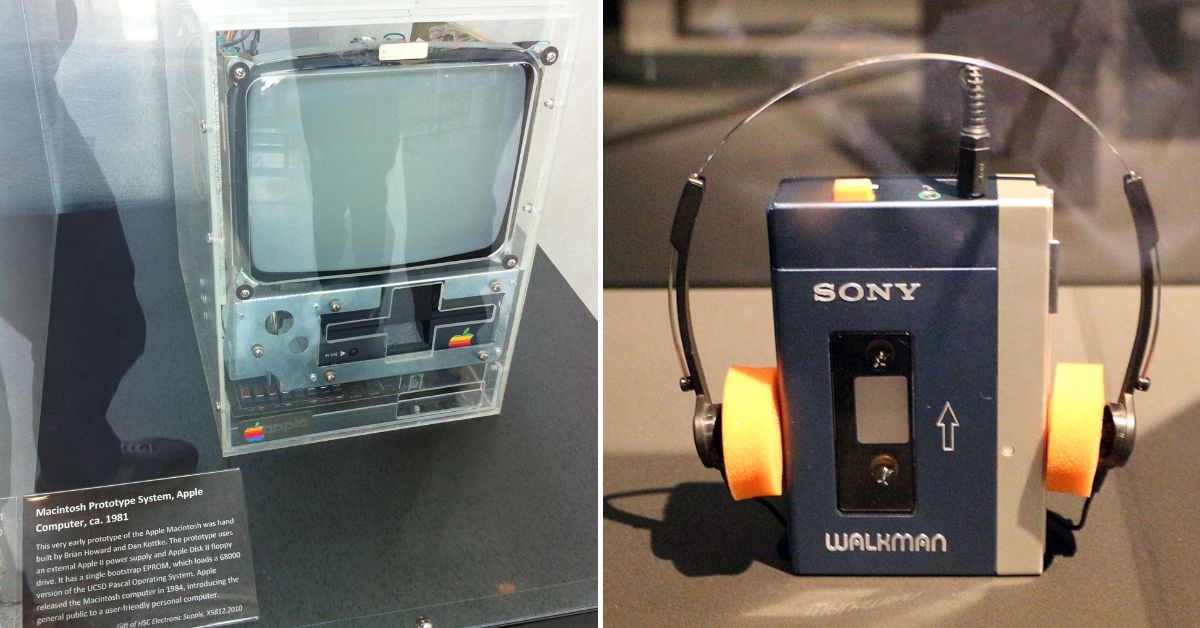
Air travel today seems effortless, but it took countless innovations to reach these heights—literally! Beyond the first flight, technologies like pressurized cabins and jet engines transformed aviation, making cross-continental flights possible. Let’s explore five fascinating, lesser-known breakthroughs that helped shape the way we fly today. Buckle up for a journey through aviation history!
Cabin Pressurization: Making High-Altitude Flights Possible

In the 1930s, as planes climbed higher, passengers struggled with thin air and low oxygen levels. The Boeing 307, introduced in 1938, became the first commercial aircraft with cabin pressurization, allowing it to cruise comfortably at 20,000 feet. This breakthrough let planes fly above turbulent weather and paved the way for safer, longer flights.
The Jet Engine: Speeding Up Travel

Jet engines drastically cut flight times, turning intercontinental travel from a marathon into a manageable journey. In the 1940s, British engineer Frank Whittle and German engineer Hans von Ohain developed this game-changing technology almost simultaneously, revolutionizing planes into faster, more efficient machines and overcoming the limits of propeller planes.
The Black Box: Revolutionizing Flight Safety

Australian scientist David Warren developed the flight data recorder, or “black box,” to capture essential flight information in 1953. This invention allows investigators to understand flight events after an accident, improving airline safety standards worldwide. The black box helps make each flight safer than the last and remains essential in today’s aviation.
The Jumbo Jet: Bringing Air Travel to the Masses

When Boeing introduced the 747 in 1970, the “jumbo jet” could carry over 400 passengers—a feat unheard of at the time. Its size and efficiency revolutionized commercial aviation, making long-distance flights affordable for more people. The 747 became an icon, changing air travel from an elite experience into a more accessible way to explore the world.
GPS Navigation: Keeping Flights on Track

Before GPS, pilots relied on radio signals and visual landmarks. However, with the introduction of GPS in the 1990s, air travel became more precise and efficient. GPS allowed pilots to find exact routes, improve fuel efficiency, and land safely in adverse weather. It’s now a core tool, guiding nearly every flight across the globe.
















GIPHY App Key not set. Please check settings